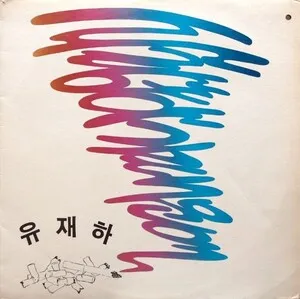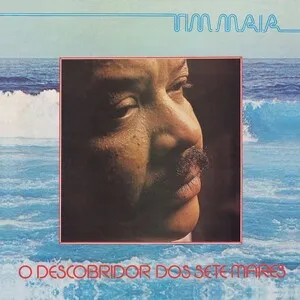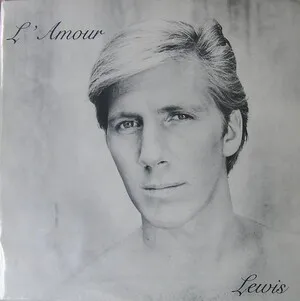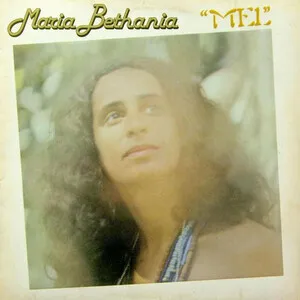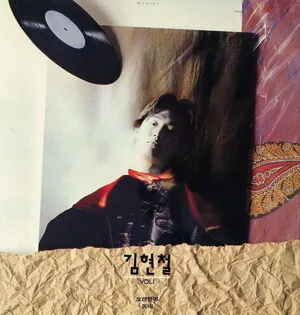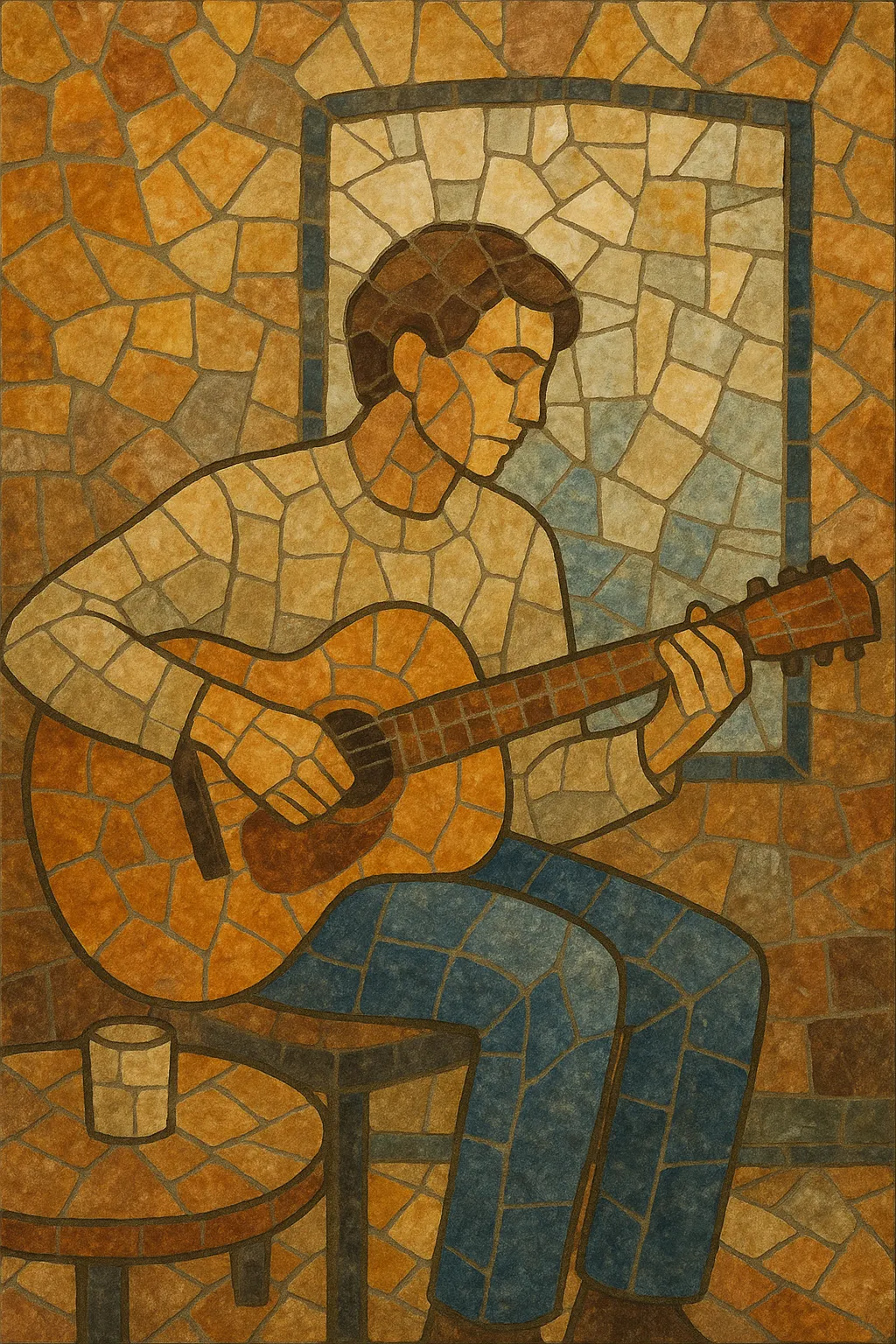
Adult contemporary (AC) is a radio-driven pop style characterized by smooth vocals, polished production, and lyric themes that speak to adult listeners—love, family, reflection, and everyday life.
Musically, it emphasizes mid‑tempo grooves and ballads, clear melodies, and accessible harmonies, often arranged for piano, acoustic or clean electric guitars, light drums, bass, and tasteful string or synth pads. The sound favors warmth and clarity over aggression, with a strong focus on memorable choruses and emotive vocal performances.
As a format and a repertoire, adult contemporary bridges soft rock, pop balladry, and easy listening, adapting with each decade while maintaining radio-friendly songwriting and production values.
Adult contemporary grew out of post–rock ’n’ roll “middle of the road” (MOR) programming, easy listening orchestral pop, and the softer side of late‑60s/early‑70s pop and rock. As FM radio expanded, programmers carved a space for mellower, adult‑aimed hits—ballads and mid‑tempos with clear vocals and refined arrangements. Billboard’s Easy Listening chart (launched in 1961) gradually evolved in identity and naming toward what would be known as Adult Contemporary, reflecting the format’s commercial consolidation.
In the 1980s, AC became a dominant radio format, absorbing soft rock, blue‑eyed soul, and pop ballads. Big, emotive choruses, gated drums (early‑mid ’80s), and glossy production helped artists like Phil Collins and Whitney Houston cross over from pop/rock and R&B to AC playlists. The format codified the sound: hook‑forward, adult‑themed lyrics, and immaculate studio craft.
The 1990s saw AC’s power-ballad peak via artists such as Celine Dion and Michael Bolton, while singer‑songwriters (e.g., Elton John’s later work) continued to thrive. Radio differentiated between Hot AC (more contemporary/pop‑rock leaning) and Mainstream/Soft AC (ballad‑heavy), with country‑pop crossovers and contemporary Christian pop also adopting AC’s production grammar. In the 2000s, acoustic pop, piano ballads, and lightly electronic arrangements refreshed the palette.
In the 2010s and 2020s, AC continued as both a radio format and a style marker: clear vocals, universal themes, and polished sonics. Artists like Adele and Norah Jones exemplify the modern AC ballad, while production has shifted toward subtler compression, intimate vocals, and tasteful hybrid acoustic/electronic textures. The format remains a bridge between pop mainstream and mature listeners, continually updating its sound while keeping the core values intact.
Aim for a warm, polished sound with clear vocals and memorable choruses. Keep tempos mid‑range (roughly 70–110 BPM) and favor ballads and mid‑tempos over high‑energy tracks. Prioritize accessibility: simple but emotive melodies and relatable, adult‑oriented lyrics.
Use diatonic progressions with tasteful color tones (add9, sus2/sus4, maj7). Common progressions like I–V–vi–IV or vi–IV–I–V work well. Melodies should be singable and rise toward the chorus. Consider a late key change (up a semitone or whole tone) for the final chorus to heighten emotion.
Keep drum parts supportive, with light kick and snare patterns, gentle hi‑hats, and restrained fills. For ballads, use brushed drums or soft percussion. Syncopation is subtle; the groove should feel steady and unintrusive, supporting the vocal.
Build around piano and/or acoustic guitar, with electric bass and light drums. Enrich with string pads, subtle synths, and occasional real strings or winds. Layer clean electric guitars (arpeggios or gentle strums). Arrange verses sparsely, then add layers (pads, backing vocals) in the pre‑chorus and chorus to create lift and emotional impact.
Write about adult experiences—relationships, resilience, family, reflection, and hope. Keep language conversational yet poetic. Avoid slang that dates quickly; aim for timeless phrasing. Use clear narrative arcs or reflective snapshots that lead to a chorus with a universal sentiment.
Place vocals upfront, warm, and present. Double or thicken the lead in choruses, and add tasteful harmonies. Use gentle compression, smooth EQ, plate/room reverbs, and subtle delays. Avoid harsh high‑end; maintain clarity without sibilance. Master for consistency across radios and playlists, preserving dynamics.
Typical structures include verse–pre‑chorus–chorus–verse–pre‑chorus–chorus–bridge–final chorus (optional key change). Keep intros concise and arrive at the first chorus within about a minute.

